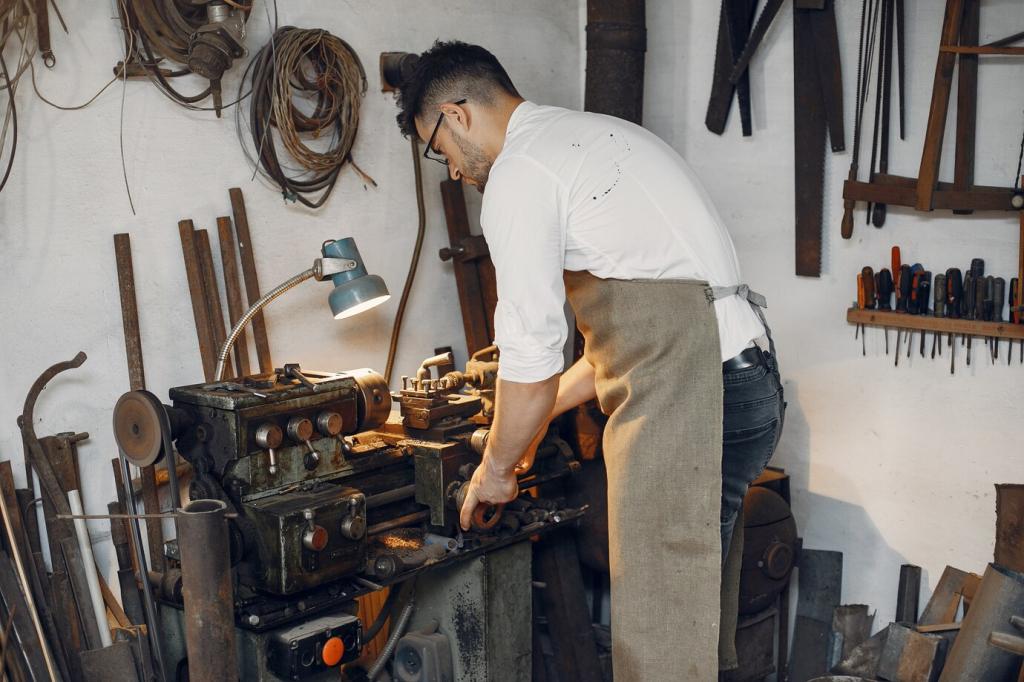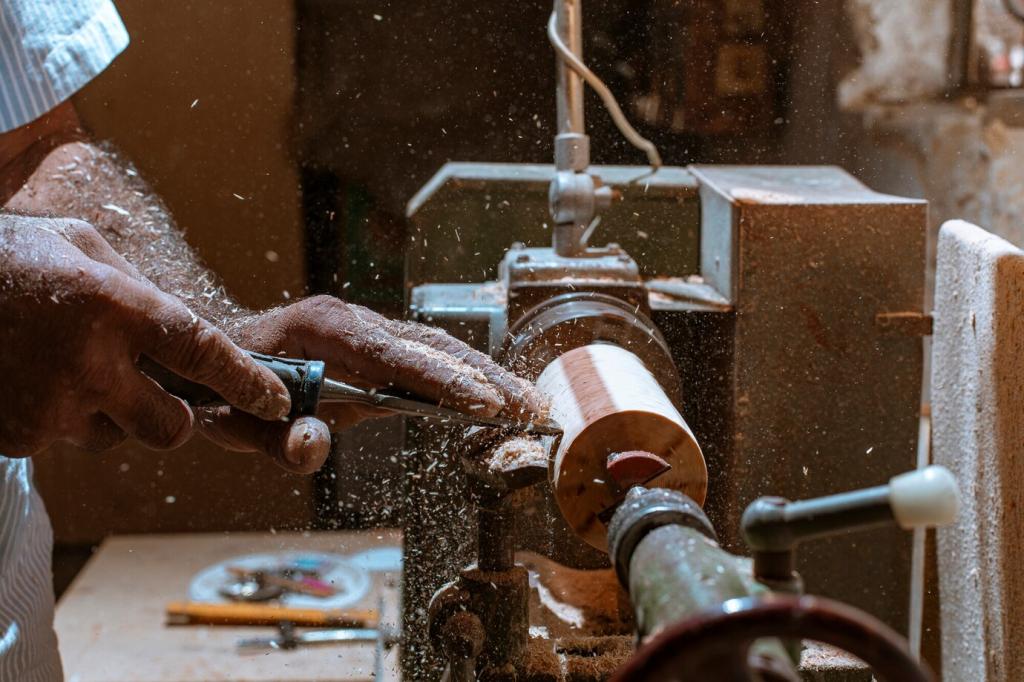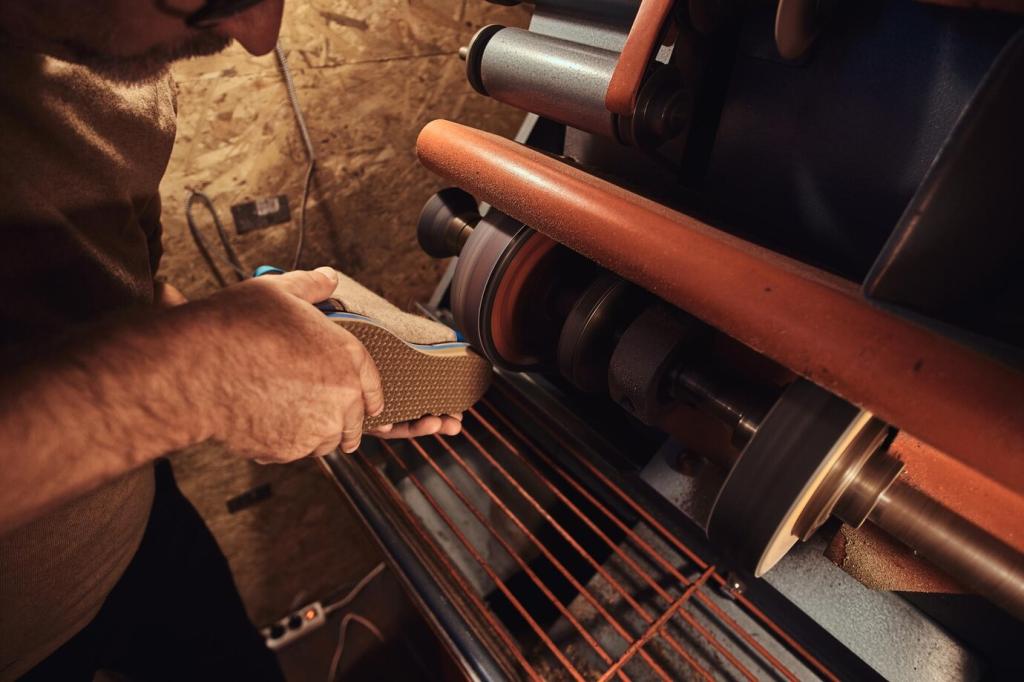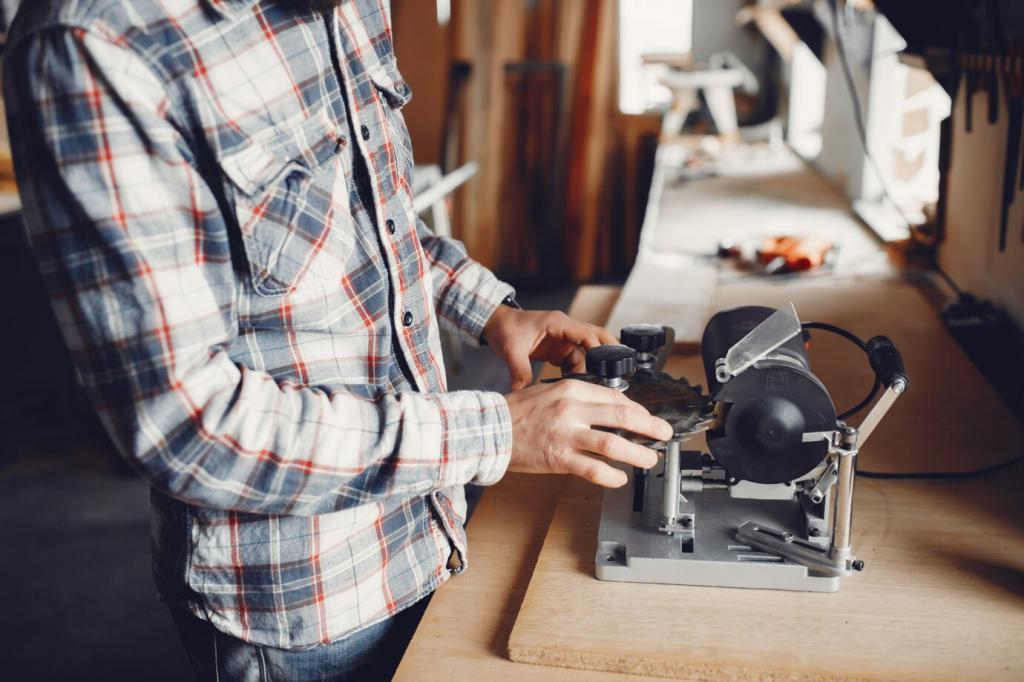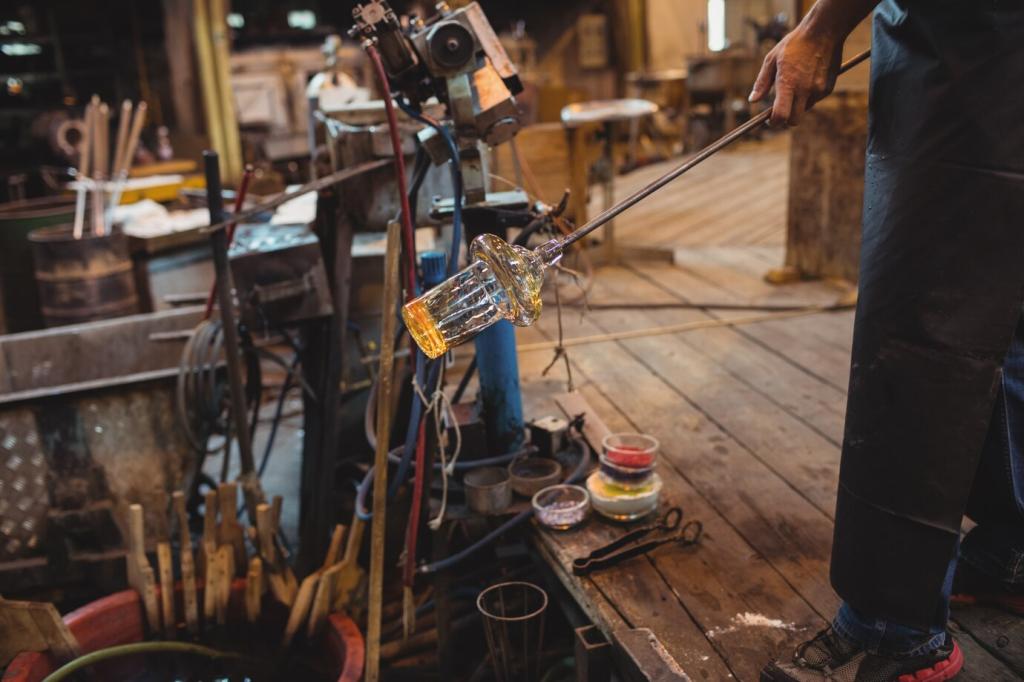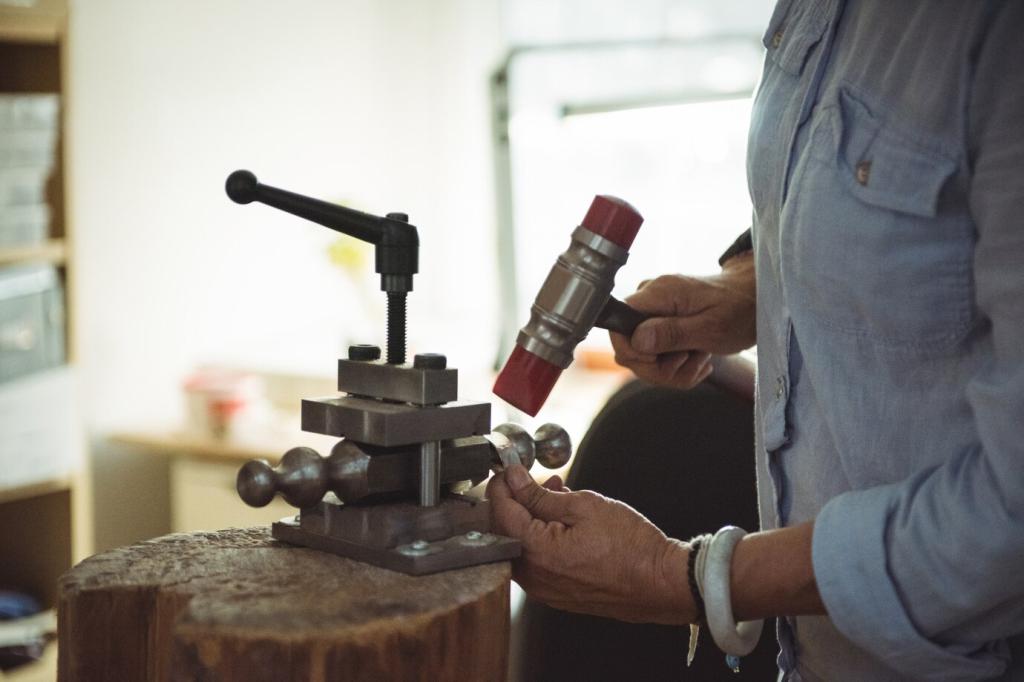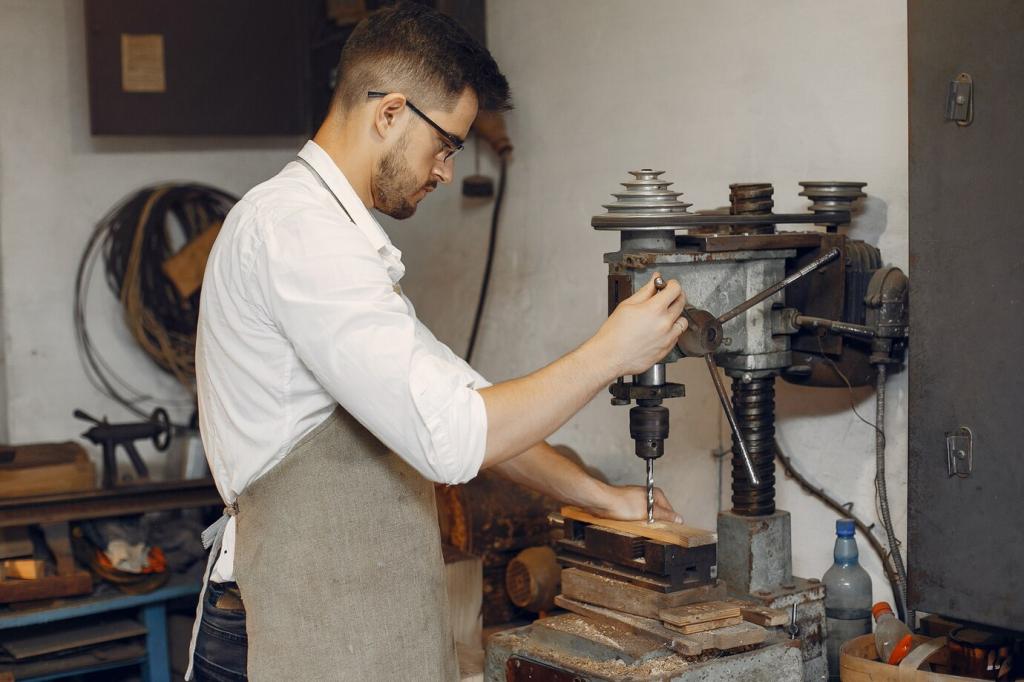Light, Temperature, and Humidity Control
Install UV-filtering film and lined curtains; position pieces away from direct beams and reflective surfaces. Aim for soft, indirect light. If possible, track light exposure with a simple meter to guide placement.
Light, Temperature, and Humidity Control
Keep relative humidity generally around 45–55% and temperature near 18–22°C (65–72°F). Avoid rapid swings from heating, fireplaces, or AC vents, which stress fibers, loosen adhesives, and age fillings prematurely.

